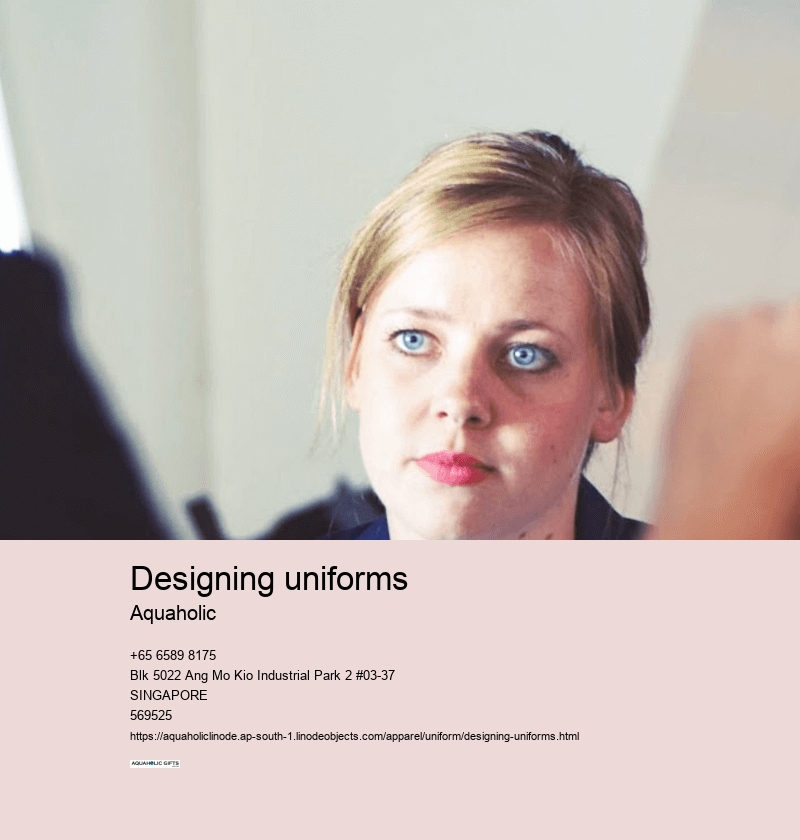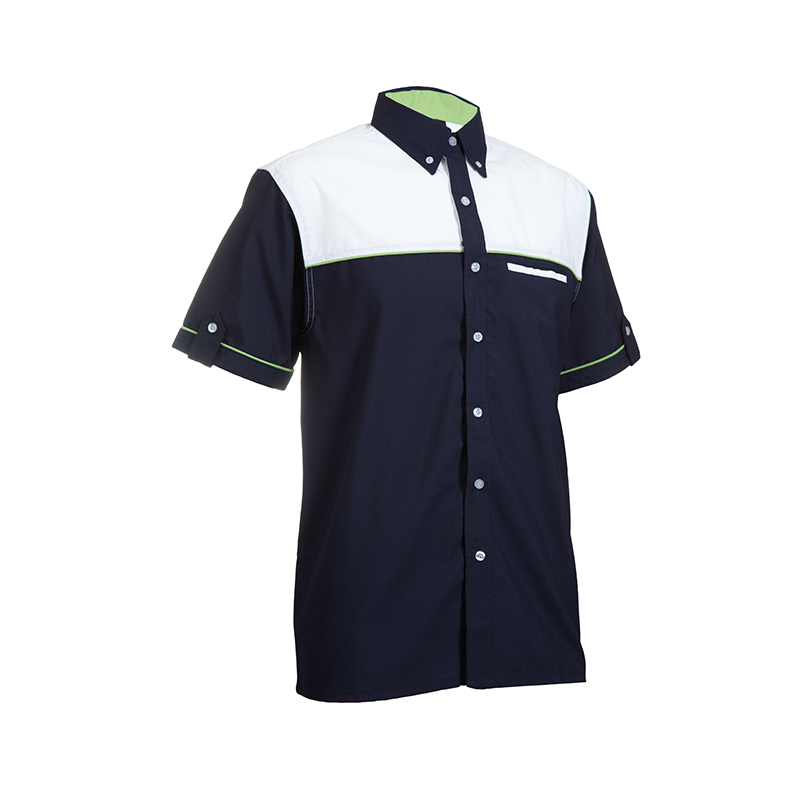designing uniforms
customised uniform
Different materials reflect various levels of formality. Why you have to settle for the same fabric when you could make a blend? The design must be able to adapt to ensure that wearers are comfortable under a variety of environments.
Selecting a material that matches your brand's image ensures it will stand up to the forces of wear and tear and the elements. Because it’s breathable, durable, and presents itself with a crisp elegance that suits the corporate world perfectly.
But keep in mind that not all heroes wear a cape Sometimes, they need careful care, such as ironing and regular maintenance. This approach ensures that everyone has access to comfortable and well-fitting uniforms.
However, the wearer's ease of wearing isn't a factor. Customizing pockets to meet the functional needs while ensuring that they enhance the uniform’s appeal is a creative challenge.



